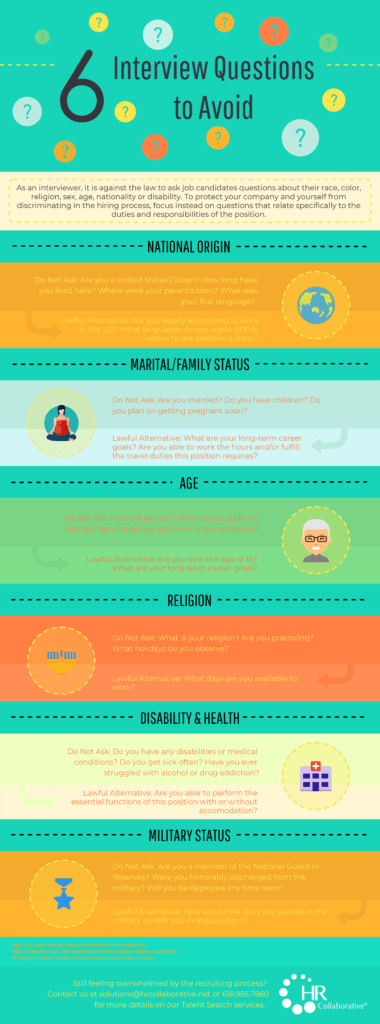On the Heels of Harvey
How do you prevent harassment in your workplace?
On almost a daily basis, the media blasts out another new report of an actor or politician who has been accused of sexual misconduct or harassment. Unfortunately, the reality is that harassment doesn’t just happen in Hollywood or in Washington. Harassment impacts organizations across our nation. In fact, in 2016, the Equal Employment Opportunity Commission (EEOC) received more than 28,000 claims of harassment. Over 12,000 of those claimed sexual harassment. Keep in mind these numbers represent only the federal claims, not charges filed with local agencies, or harassment that was never even reported. So, it’s likely to be far more prevalent than this.
Harassment in the workplace is wrong and can violate both civil and criminal laws. It can be painful and devastating to the victim. In terms of business operations, it’s also distracting. It takes us away from serving clients, solving problems, and making profits. And if that’s not enough bad news, it’s also really expensive. According to the EEOC, over $125.5 million was awarded in monetary benefits to plaintiffs in 2016, but that doesn’t even take into consideration winnings obtained through litigation. Finally, don’t forget about the PR and legal nightmare (think: Uber).
So how do you keep your company and employees out of this kind of mess? Here are three steps every leader can take to create a harassment-free organization:
Understanding….
In the past, the only types of harassment discussed were primarily those of a sexual nature. It was often about male superiors taking advantage of their position and making inappropriate advances on their female employees.
Today, harassment is so much more than the quid-pro-quo doctrine (which states that some term or condition of employment shall be impacted by the acceptance or rejection of sexual favors or actions). It’s beyond dominant males in leadership roles. It’s beyond the confines of the four walls in your office. It’s beyond 8 am to 5 pm. It’s about females harassing males, same-sex bullying, and vendors harassing employees. Harassment is also about religion, race, or age. Harassment can even be the lewd comments taking place at the annual conference twelve states away in the hotel gym at 6 am or on Snapchat, at 11:40 pm. Today, harassment can occur in the overall culture and environment of your organization.
It’s NO Joke. A hostile work environment will be deemed as harassment when there are frequent or pervasive unwanted comments, advances, requests, or other similar conduct that have the effect of unreasonably interfering with an individual’s work performance or work environment. Examples may include inappropriate touching, bullying, swearing, jokes or comments, and posting of offensive pictures. It’s not only about gender but also race, religion, national origin, genetic history or mental and physical disability…the list goes on. Often times this type of harassment occurs with off-color jokes, loose language, or when a co-worker is “just messing around” and another party is uncomfortable with what someone else thinks is hilarious, thus creating an intimidating or offensive work environment.
A primary key to cultivating a harassment-free culture is to understand… it’s not just about sex.
Leading…
Having a great policy in your handbook is a solid start, however, it isn’t enough. We can’t just post a policy and call it good. Our actions will speak louder than our words. We must build reporting mechanisms into the process. We must carve out time at the annual sales meeting to have a candid conversation and workplace civility or bystander intervention training with the entire company – every year. And when we say ‘zero tolerance’, we mean zero – even if it’s the superstar sales director.
In June 2016, the EEOC reported, “The importance of leadership cannot be overstated – effective harassment prevention efforts, and workplace culture in which harassment is not tolerated, must start with and involve the highest level of management of the company.” The report goes on to say that it’s also the responsibility of front-line supervisors and middle managers who can help to cultivate a culture of respect, inclusion, and equity, and should be held accountable through the use of metrics in the annual performance review.
So, when the funny guy in the office calls the 39.5-week pregnant lady “slim”, we simply must call it out. When the senior technician who has been with you for 32 years complains publicly about “those lazy millennials who can’t get it together,” she needs to know that it’s not acceptable. A leader’s lack of action equals acceptance and even encouragement of poor behaviors.
Asking…..
You have an open door, so folks will naturally just pop in and tell you when things aren’t going as well as they would like right? Well, probably not as much as we would like. Harassment, particularly hostile environments, is hard to define. And it’s often incredibly uncomfortable/painful/scary for victims to come forward. If fact, victims may appear to go along with the behavior for long periods acting as though they are not bothered. Even though employees may not actively object to specific conduct, they may in truth find the work environment hostile because of others’ conduct. Victims report being afraid of retaliation, getting fired, having a tarnished and unsavory reputation, and more.
As business leaders, it’s prudent to regularly take the temperature of the organization to ensure that everyone is feeling valued and safe at work. This can be done by small focus groups, engagement surveys, MBWA, town hall meetings, CEO roundtables, and stay or exit interviews, to name a few. Find out what your folks think. What are they saying? More importantly, what are they NOT saying?
Specific questions to ask your employees and leaders include:
- “What would you do if you felt victimized at work”?
- “What would you do if you saw a colleague getting berated or harassed?”
- “Leaders, if one of your employees comes to you with a claim of harassment, what do you do”?
If they don’t know, we need to train them. We need to train them loudly and regularly so that everyone in every position in every department truly understands their rights, their responsibilities, the process for reporting, and what happens during an investigation and afterward. Harassment training need not be complex or expensive. Whether you use a video, computer-based training, in-house HR practitioner, a custom solution provided by a training consultant, or a blend of all of these, the end result must be that your employees know what you expect, what the law is, and the severity of impact if these expectations aren’t met.
In closing, preventing harassment and the pain associated with it is not alleviated by a wish and a prayer. The best way to keep your employees and your organization protected is by understanding, leading, and asking.
Share This Article

































































































